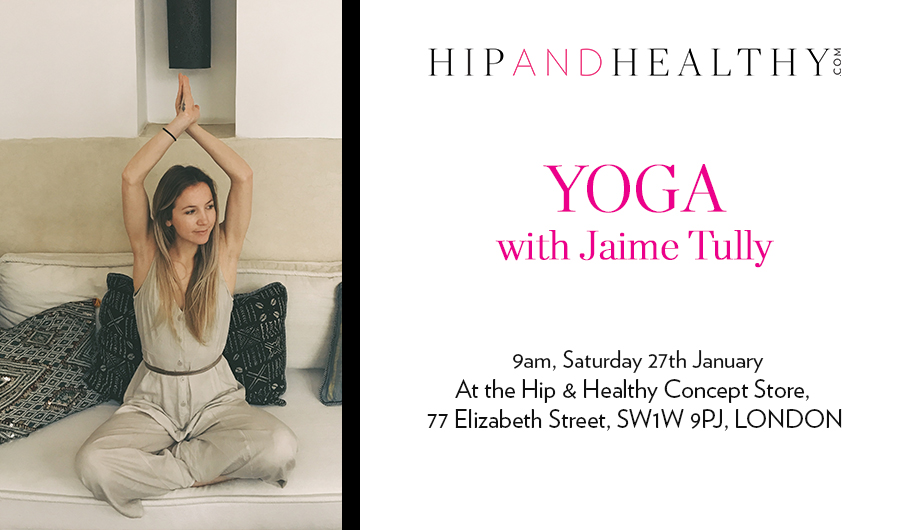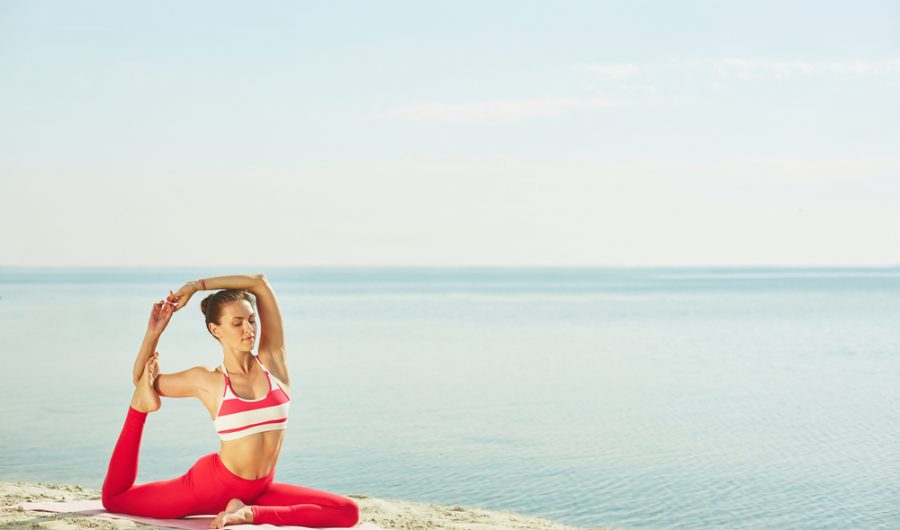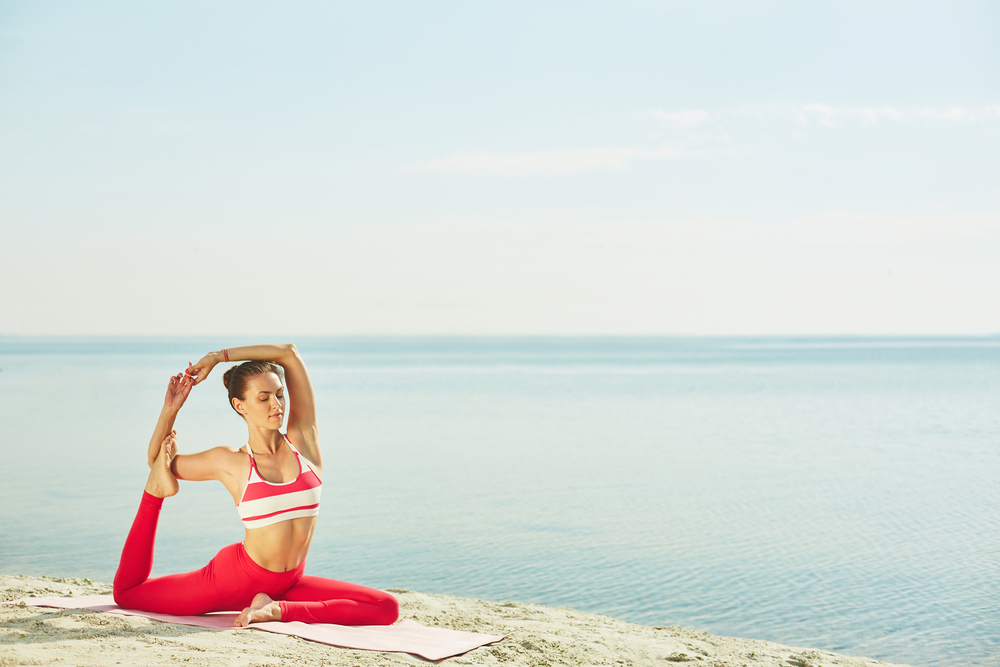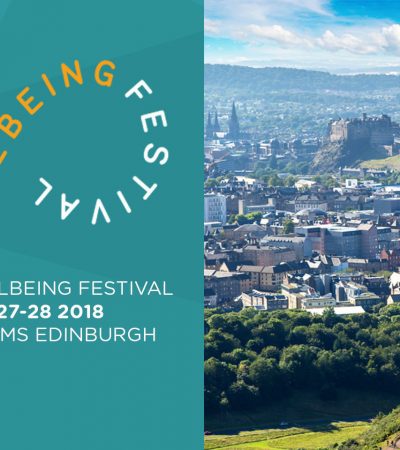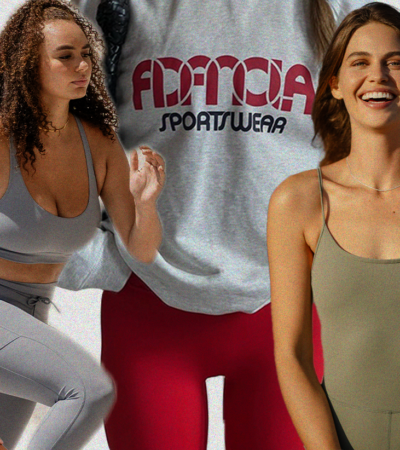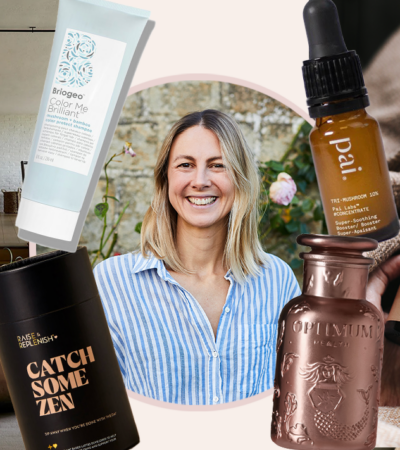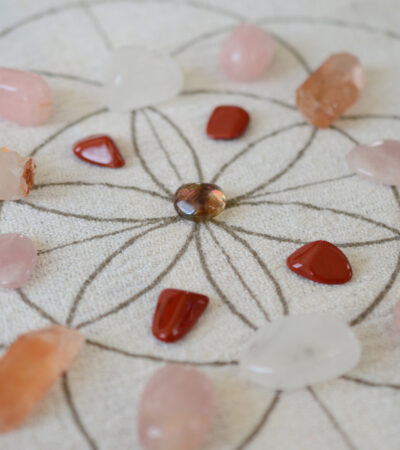Ahead of her Power Yoga class at our concept store this weekend, yoga teacher, Jaime Tully, sheds light on the different types of yoga and how to find the style that suits you best.
My journey through yoga has mimicked my life almost poetically. The first time I stepped on a yoga mat I was completely unbalanced, unhappy with my present circumstances and looking for an outlet to release my frustrations. It was a place to escape. Fast forward a few years when I realised I was looking for more than exercise and frequented a Jivamutki studio for its emphasis on ahisma, or non-violence towards all beings, and found myself happily chanting in a room full of strangers. A few years later I would move to London, and find myself drawn to fast-paced living, which I believe re-inspired my love of inversions, as I zipped through a faster pace of self-practice. When I began teaching I realised in order to remain balanced, I’d benefit from longer holds, meditation and deeper breath work.
I was fortunate that the first class I ever attended resonated with me at that time as I hear so frequently from peers that they didn’t enjoy their first class and never continued their practice. Had I stumbled into a Kundalini class my first time, I probably wouldn’t have continued either.
Among some of the popular reasons for said peers not continuing their practice were as follows:
It was too easy
It was too hard
It was too spiritual
It was not spiritual enough
It was too militant
It was too wishy-washy and hard to follow
It was likely that these people didn’t attend the same class.
Yoga is not a one-size fits all. It is such a personal journey and you will be responsive to different types of yoga depending on your personality and what you’re looking to get out of it. It can, however, be hard to navigate. Especially in your first class – when everyone seems to be flowing and breathing robot-like whilst you’re trying to figure out what a downward facing dog is. It can be daunting. I do believe that there is a type of yoga for everyone, and I have been fortunate enough to practice, and study several types. So, to help you get started, I have explained some of the different styles so you can figure out which is best for you.
Hatha Yoga. First thing, Hatha is truly defined as all yoga. It’s all encompassing and isn’t necessarily a type. However, many studios define hatha as a slower, more gentle form of yoga. It is usually aimed at beginners and (teacher depending) doesn’t go too far into the spiritual aspect. It usually covers the basics at a slower pace, so you’re able to follow along easily. Don’t let its slower pace deter you. Until you learn the moves, it will be hard to follow.
Vinyasa Yoga. Perfect for a stress release. Featuring creative sequencing and usually set to a playlist, yogis can find themselves moving at a faster pace, in a smoother rhythm. There is a large focus on breath work in Vinyasa Yoga, as students are encouraged to link their ujjayi breath to each movement. It’s perfect for people who prefer who crave an elevated heart rate during exercise [HiiT lovers I’m talking to you]. It is the type of yoga I usually gravitate towards.
Ashtanga Yoga. For Type-A Yogis. It is one of the most physically demanding practices, holding poses for 5 deep breaths at a time, and linking almost every asana with a vinyasa [chatarunga/upward/downward] [not the same as Vinyasa Yoga]. There are approximately 60 vinyasas in Ashtanga Yoga, and the sequence is specifically set and doesn’t change so if repetition isn’t your thing, beware. Contrary to Vinyasa Yoga, it can be quite militant as it follows strict guidelines. However, it is perfect for those looking to see marked improvements in their progress and alignment.
Yin Yoga. Ah, sweet, sweet yin. A place to restore your body and mind. The practice is much slower, opposite to its yang counterpart, holding poses for around 5 minutes. The practice targets facia and connective tissue, restoring muscle, improving flexibility and increasing circulation in the joints. It is designed as a meditative practice, as students are encouraged to stay still through the long holds training the mind to calm itself down. It sounds relaxing, but can be quite challenging for those who have trouble sitting still. Yogis should be ready for internal work.
Bikram & Hot Yoga. Both practised in a room heated to approximately 105 degrees. However, Bikram follows a set sequence of 26 poses, whilst Hot Yoga does not. If you gravitate towards routine try Bikram, but both classes will leave you drenched in sweat. The heat helps students get deeper into poses, however, it is very easy to overstretch and practitioners need to be very careful of dehydrating so drink lots of water before and after. Beginners, make sure you attend a beginner class, the heat can be intense.
Iyengar Yoga. All about Alignment. Using a methodical approach to poses, it is perfect for those seeking to perfect their practice. Poses are held for longer, and props [straps, blocks, bolsters] are encouraged. Yogis recovering from injury tend to gravitate towards Iyengar due to its emphasis on alignment, anatomy and precision. If you’re detail-oriented and looking to deepen your knowledge, Iyengar might be for you.
Kundalini Yoga. I won’t lie, I faked a tummy ache my first Kundalini class and left. It was early on in my journey and I wasn’t ready for it, nor did I have a clue what was going on. The style is based on Shakti [female energy] and helps awaken Kundalini [energy at the base of the spine] through intense pranayama [breath work], meditation, and chanting. Breaking through barriers, this energy rises upwards through the spine and chakras causing an expansion of consciousness and awareness. It is a deep, spiritual practice, and perfect for those looking for something beyond the physical aspects of yoga. Be prepared to let go of your ego here.
This list could go on, but it’s a great starting point. As yoga becomes more and more popular, master practitioners have started patenting more styles. There’s Jivamukti for the lover, Anusara for the creative, Ananda for the introspect, Strala for the dancer, Rocket for the inversion junkie etc. etc. My advice is to try everything until you find something that really resonates with you, and then stick with it for a while but know that like your life, your yoga journey will change with the seasons, your state of mind and the hairstyles that accompany.
words by Jaime Tully.
Jaime is running a POWER YOGA class at our pop up event this weekend – click here for more info and tickets!
